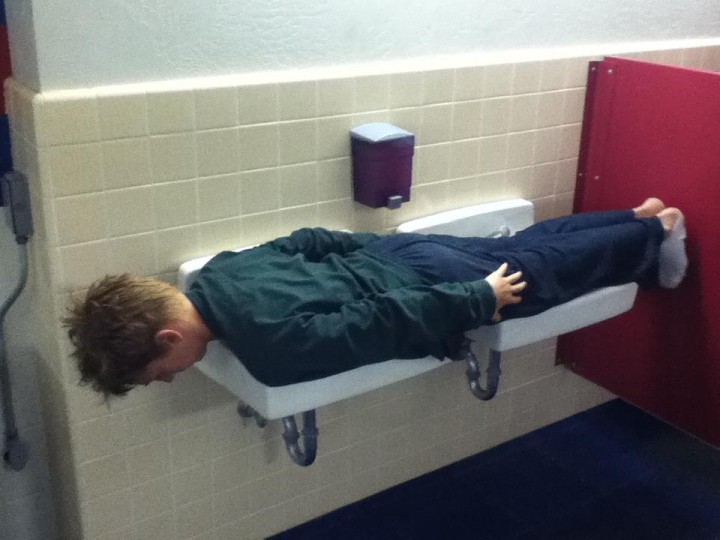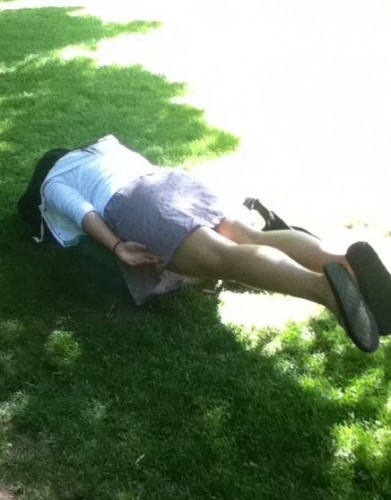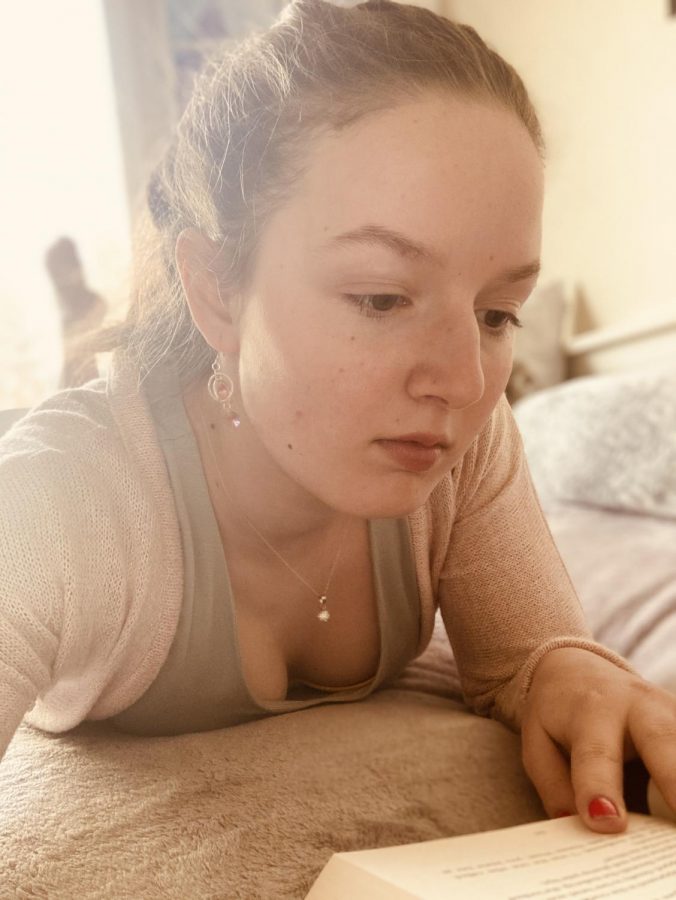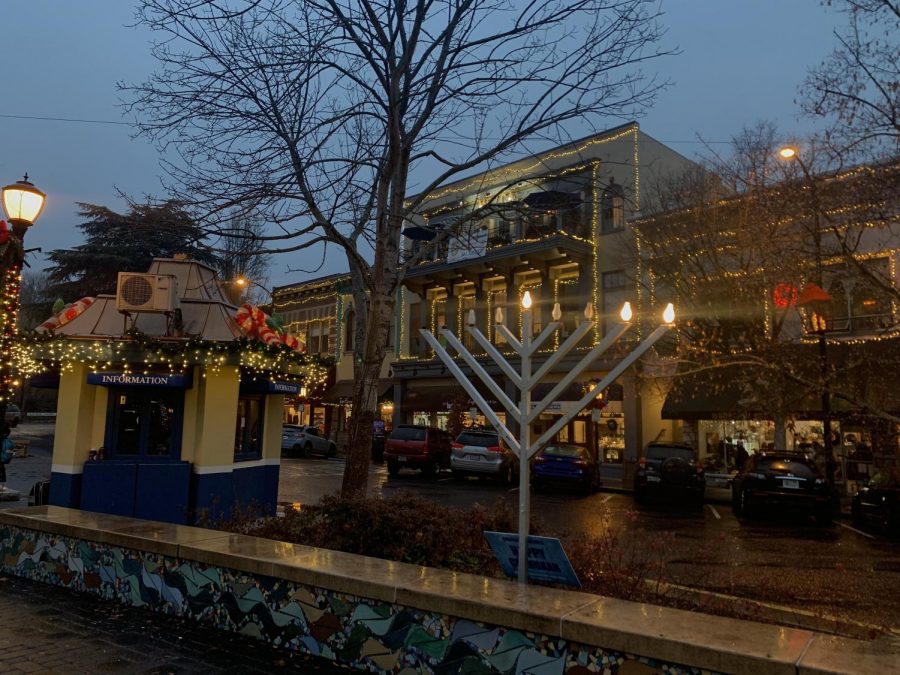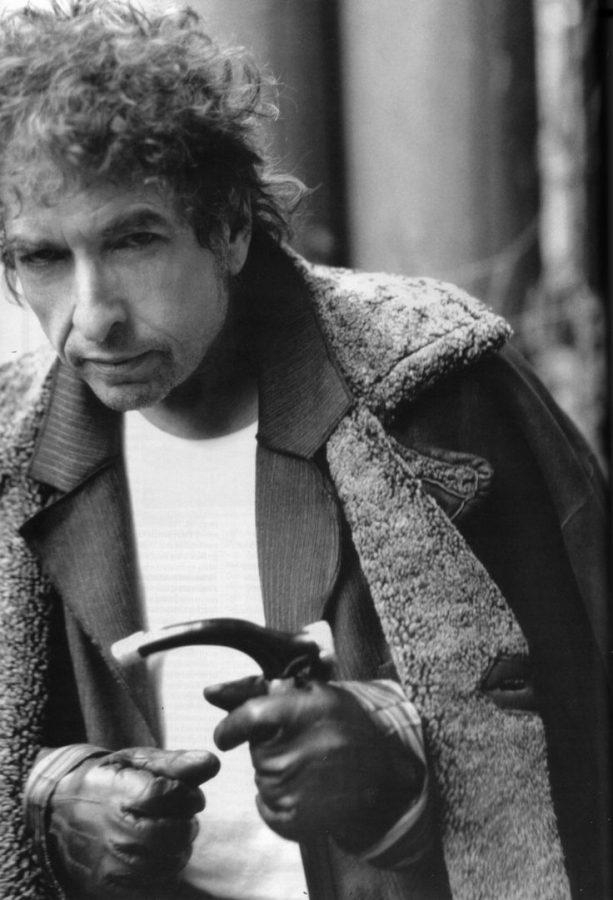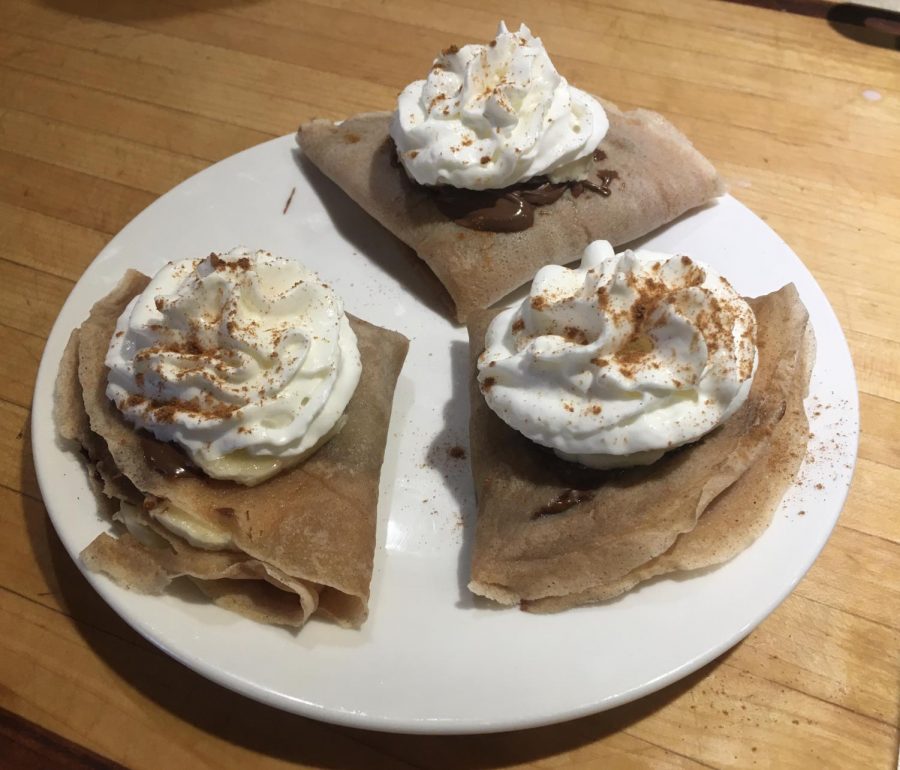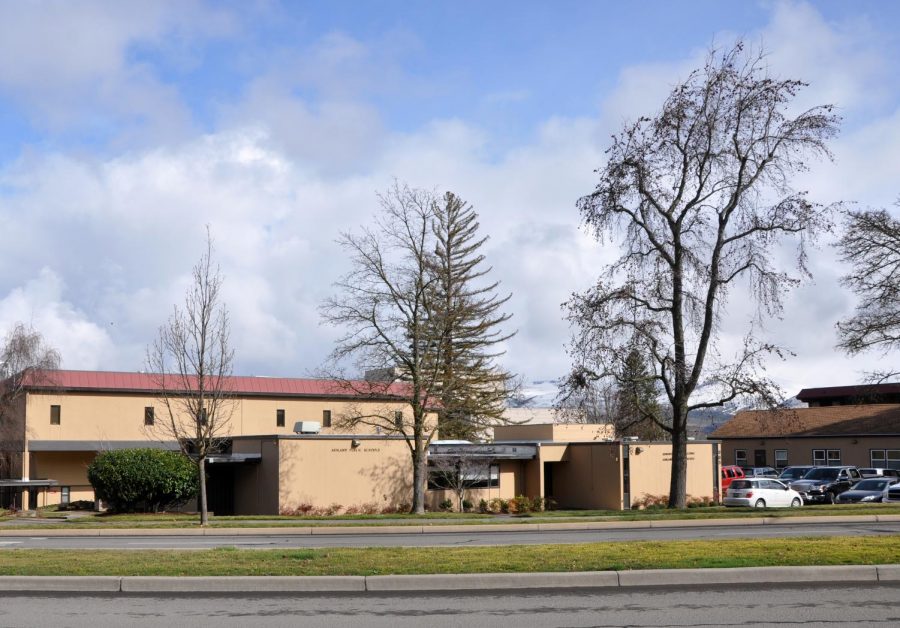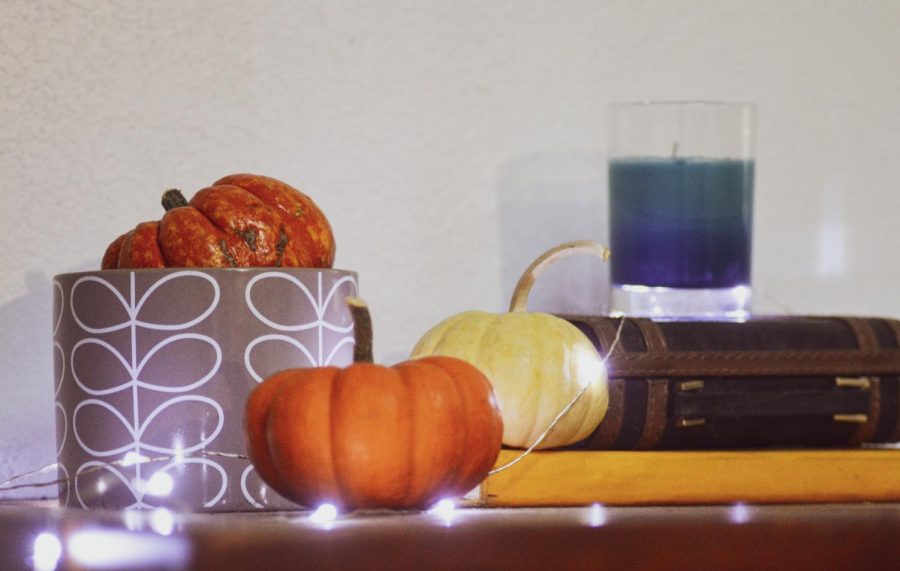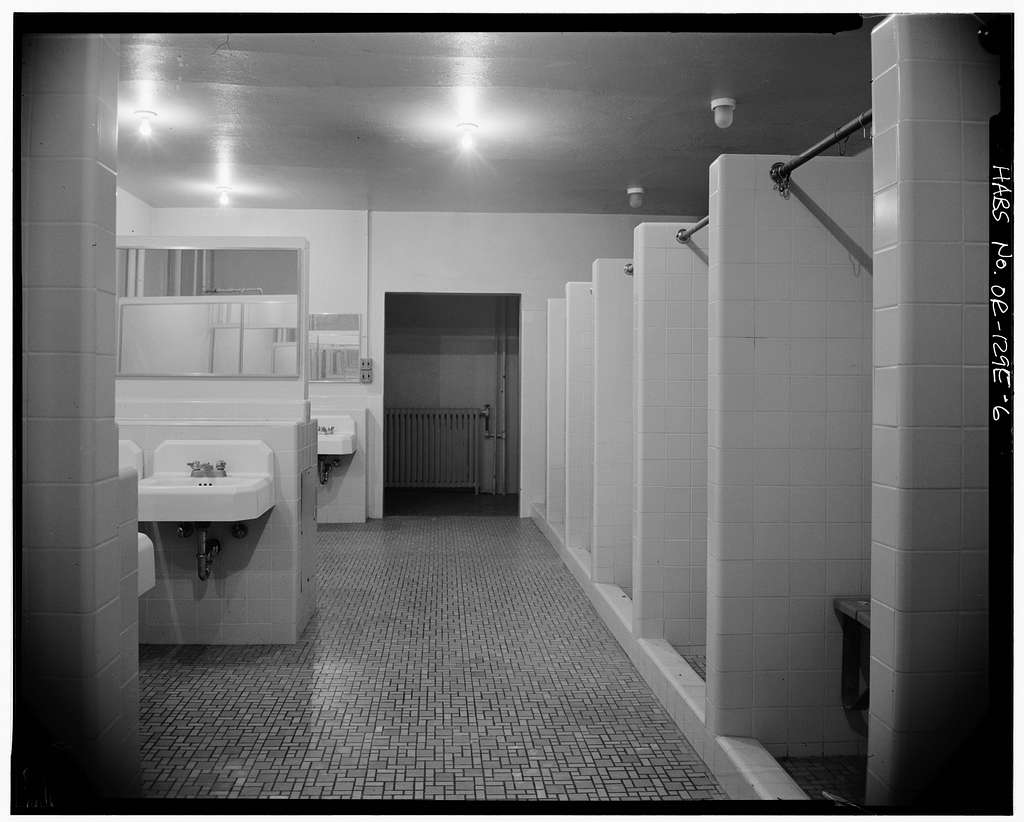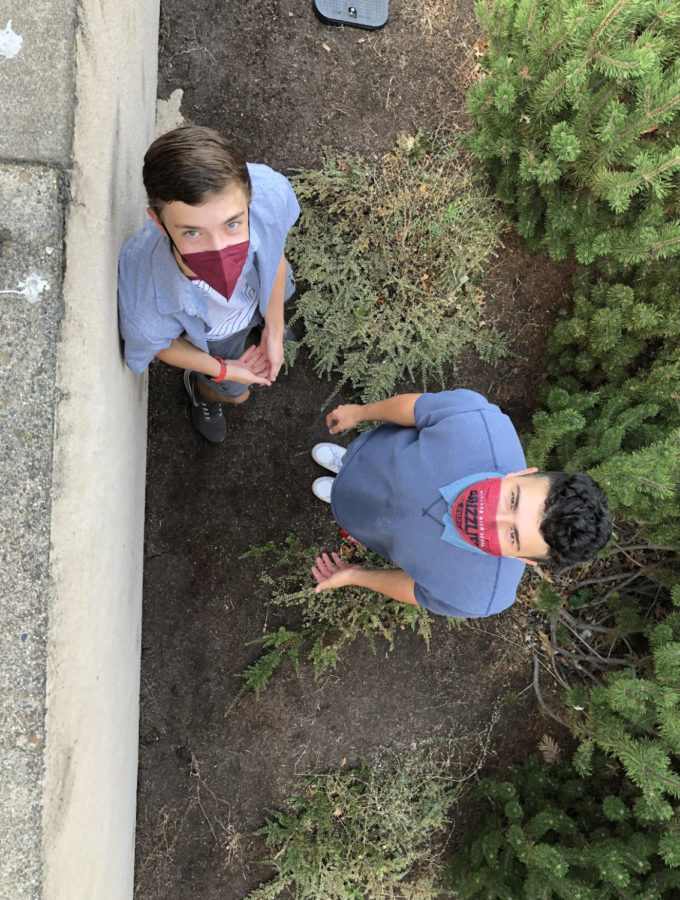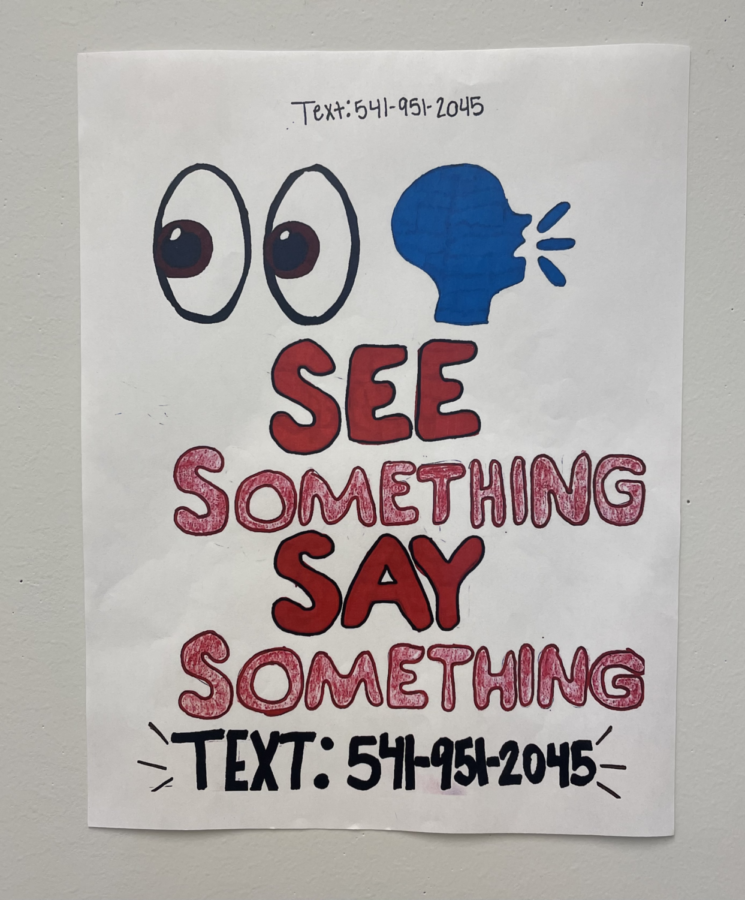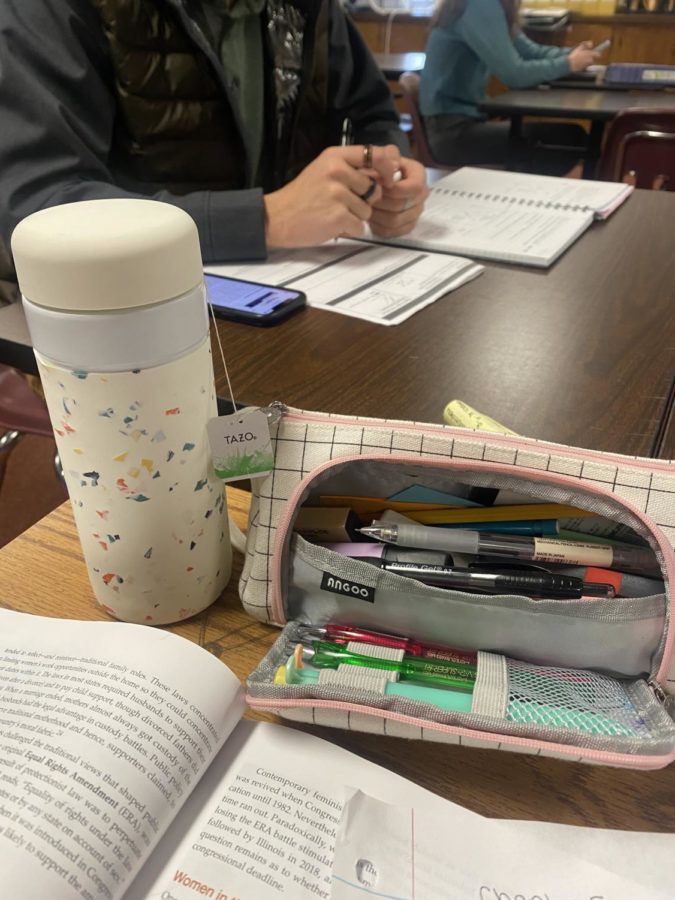Planking is real. Please don’t underestimate it. In the past year we’ve seen the activity of lying face-down on various objects while acting like a plank (taking pictures in the process) explode in popularity, and you may be wondering what it means for you and your community.
Imagine you’re a long wooden board set down in the middle of a grassy field, and your friend is taking pictures of you. “Click!” Now you’re set down on top of a drinking fountain, a car, an ornate wrought-iron fence.
We must dabble into Planking’s history, which was supposedly invented in 1994 by Canadian comedian Tom Green, according to… Tom Green. Before its explosion, it was called “Playing dead” in South Korea, “On one’s belly” in France and “Extreme lying down” in Australia. Finally, in 2011, the activity acquired the proper name of “Planking” (because it’s much more artful to plank than to “Extreme Lie Down”) and then everyone started doing it.
To plank, one must place himself in some unusual location, and lie completely straight with his arms against his body (not straight out like Superman). It may seem easy, but doing this correctly depends of the collective strength of the core, the legs and the psyche. “It’s all in the soul,” freshman Tristan Gavin said.
But not everyone is a friend of planking. “[It’s] probably one of the strangest things I’ve ever seen, and I wonder why it was even invented,” said Zahara Moyers
Plankor – One who planks (m)
Plankess – One who planks (f)
Balsa-plank – An individual who can’t remain in the planking position
“Jenga-Boarding” (also known as Lincoln logging) – arranging plankers in a cross-hatched configuration
“Ship-Yard” – a large number of plankers laid out in parallel
“Battering Ram”- Planking on a moving object
“Huckleberry Finn”- Planking in water

